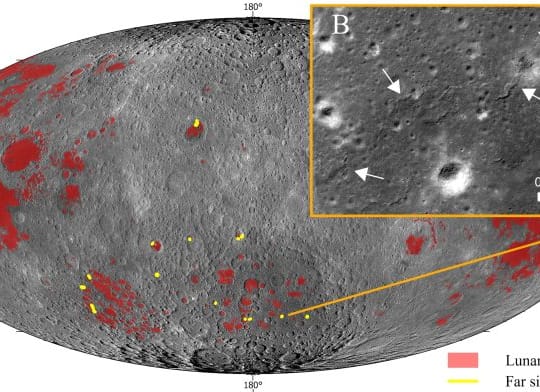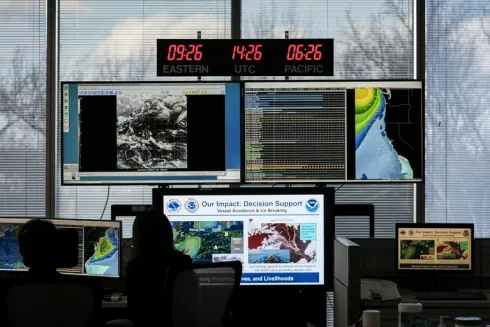
New Findings Reveal Tectonic Movement on the Moon
By Isaac Margolis
Scientists have discovered evidence suggesting that the Moon may still have active tectonic plates, which contradicts previous beliefs that it is geologically inactive. Researchers using modeling software identified younger ridges and curves on the Moon’s surface, indicating ongoing movement similar to Earth's current tectonic activity.
The study suggests that these ridges may be linked to seismic activity, raising questions about the Moon’s internal structure and its potential for geological change. Previously, scientists believed that the Moon lacked the floating plates driven by pressure and convection that result in Earth's dynamic crust. However, new findings indicate that lunar tectonic activity may still be occurring. According to research from NASA’s Lunar Reconnaissance Orbiter, some of these ridges appear to be relatively young, suggesting that the Moon's surface is still evolving. Data collected from Apollo-era seismometers further supports this idea, revealing that the Moon has experienced shallow moonquakes, some of which may be related to tectonic shifts.
“We're seeing that these tectonic landforms have been recently active in the last billion years and may still be active today. These small mare ridges seem to have formed within the last 200 million years or so, which is relatively recent considering the moon's timescale,” said Jaclyn Clark, an assistant research scientist in UMD's Department of Geology.
These discoveries have exciting implications for future space exploration and infrastructure development. Understanding lunar tectonics can help engineers design structures and equipment capable of withstanding potential seismic activity on the Moon, improving the safety of long-term missions. The detection of tectonic activity could also impact plans for establishing a lunar base, as astronauts and equipment may need to be positioned away from fault lines or active seismic regions.
Additionally, the presence of active tectonics on the Moon raises new questions about its internal composition and history. Scientists are now examining whether the Moon's core may still be generating heat, contributing to its geological activity. Some experts hypothesize that gravitational interactions with Earth could also play a role in sustaining tectonic movement. A deeper understanding of these processes may provide insight into the formation and evolution of other objects in the solar system.
"Knowing that the moon is still geologically dynamic has very real implications for where we're planning to put our astronauts, equipment and infrastructure on the moon,” said Clark.
As space agencies plan for upcoming missions, including NASA’s Artemis II program, knowledge of lunar tectonics will be important in determining safe landing sites and construction zones. By incorporating this newfound seismic activity data into mission planning, scientists and engineers can enhance the effectiveness of lunar exploration efforts.



